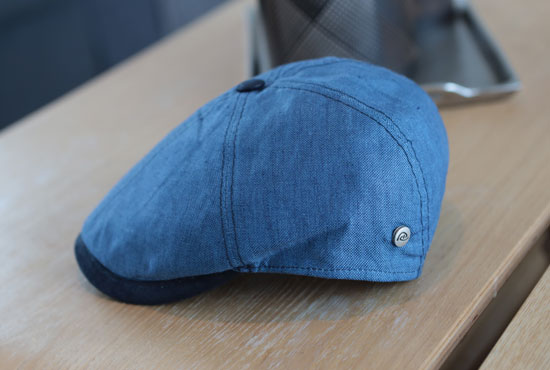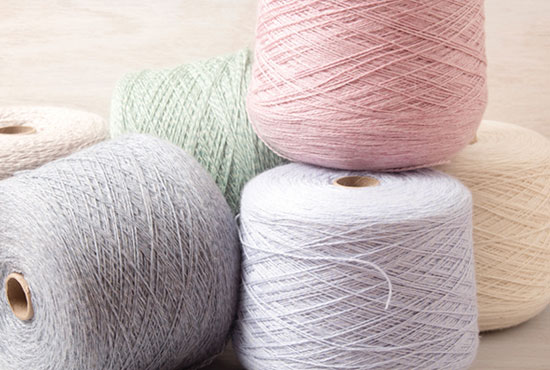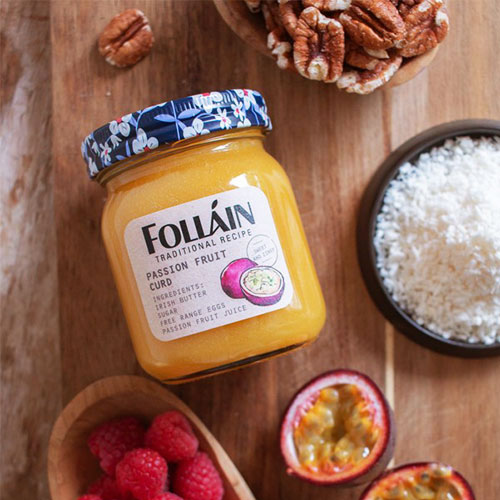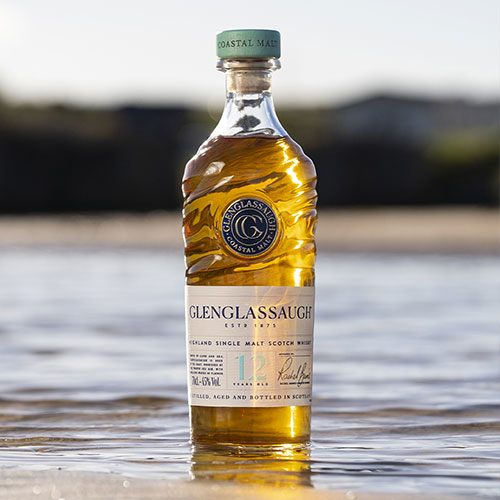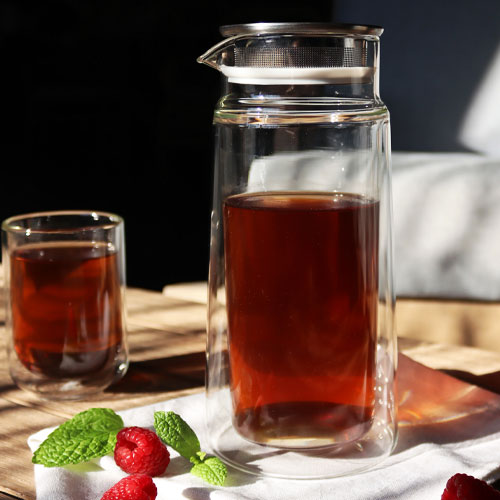LINEN

LINEN ORIGINS
Linen textile is made from the fibre of the flax plant, a herbaceous plant of the Linaceae family.
Known since ancient times, linen is one of the oldest textiles in the world. With uses that have declined over time, linen remains a prestigious, silky fibre produced in small quantities.
Flax is grown in Western Europe on a wide coastal strip of 90,000 hectares stretching from Caen to Amsterdam. France, Belgium and the Netherlands alone account for more than 80% of world production.
MANUFACTURING
After harvesting, the flax stems are first dried.
During the ginning process, the seeds and stalks are separated leaving only the stalks to be macerated in order to extract the fibres, this is the retting process.
Then comes the scutching stage, which consists of grinding and grating these fibres to remove the woody part.
Finally, the fibres are combed, spun and woven into a linen fabric.

THE PROPERTIES OF LINEN
If the use of linen in textile material has been recognized for so long, it is in particular thanks to these many properties:
- An ecological fabric, made from a natural fibre: the cultivation of linen does not require any fertiliser or watering, the rain is enough. The transformation of the plant into yarn is carried out using natural, non-chemical processes.
- A thermo-regulating fabric: linen feels cool in summer and keeps you warm in winter. Thanks to its thermoregulatory properties, pure linen is very popular for clothing and bed linen, both in summer and winter.
- An allergy-free fabric: a natural fibre, linen has allergy-free properties. Linen fabric is a healthy material that has a beneficial effect on dermatological conditions and does not irritate the skin.
- An absorbent fabric: a linen fabric can absorb 20% of moisture without looking damp. It therefore has a high absorption capacity, but it also dries quickly. It removes perspiration from the skin without leaving any traces. Linen fabric undulates to dry and thus becomes cool.
- A strong fabric: linen is the strongest textile fibre. Pure linen fabric does not lint, does not warp and the more you wash it, the softer it becomes. Due to its qualities, linen is durable and stands up very well over time.
CARE OF LINEN
Linen is a strong natural fibre that can withstand high temperatures, so it can be machine washed.
However, machine drying is strongly discouraged, it is recommended to dry your linen garment flat and in the open air. Ironing is possible while it is still wet to avoid creasing.

